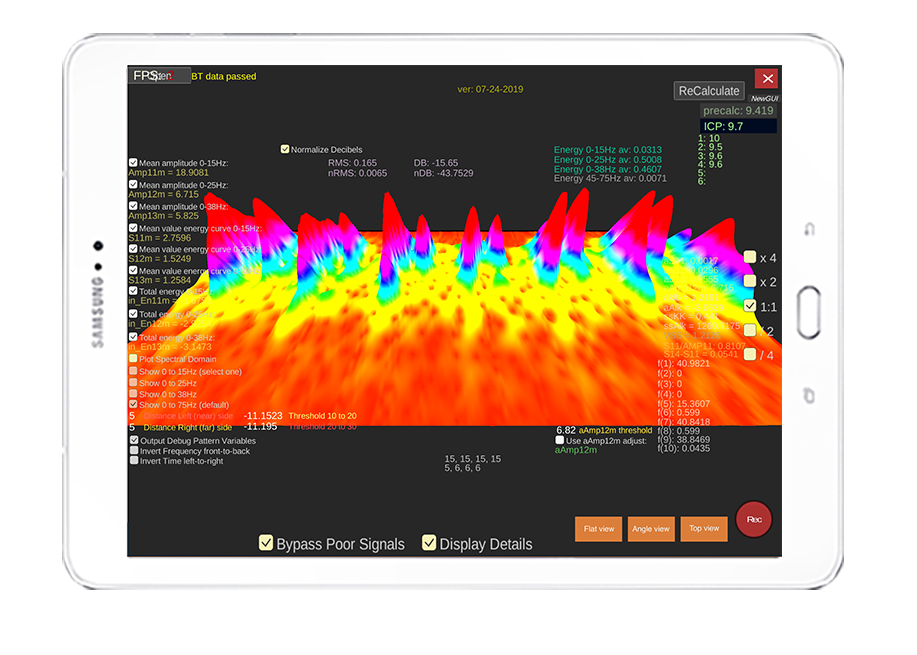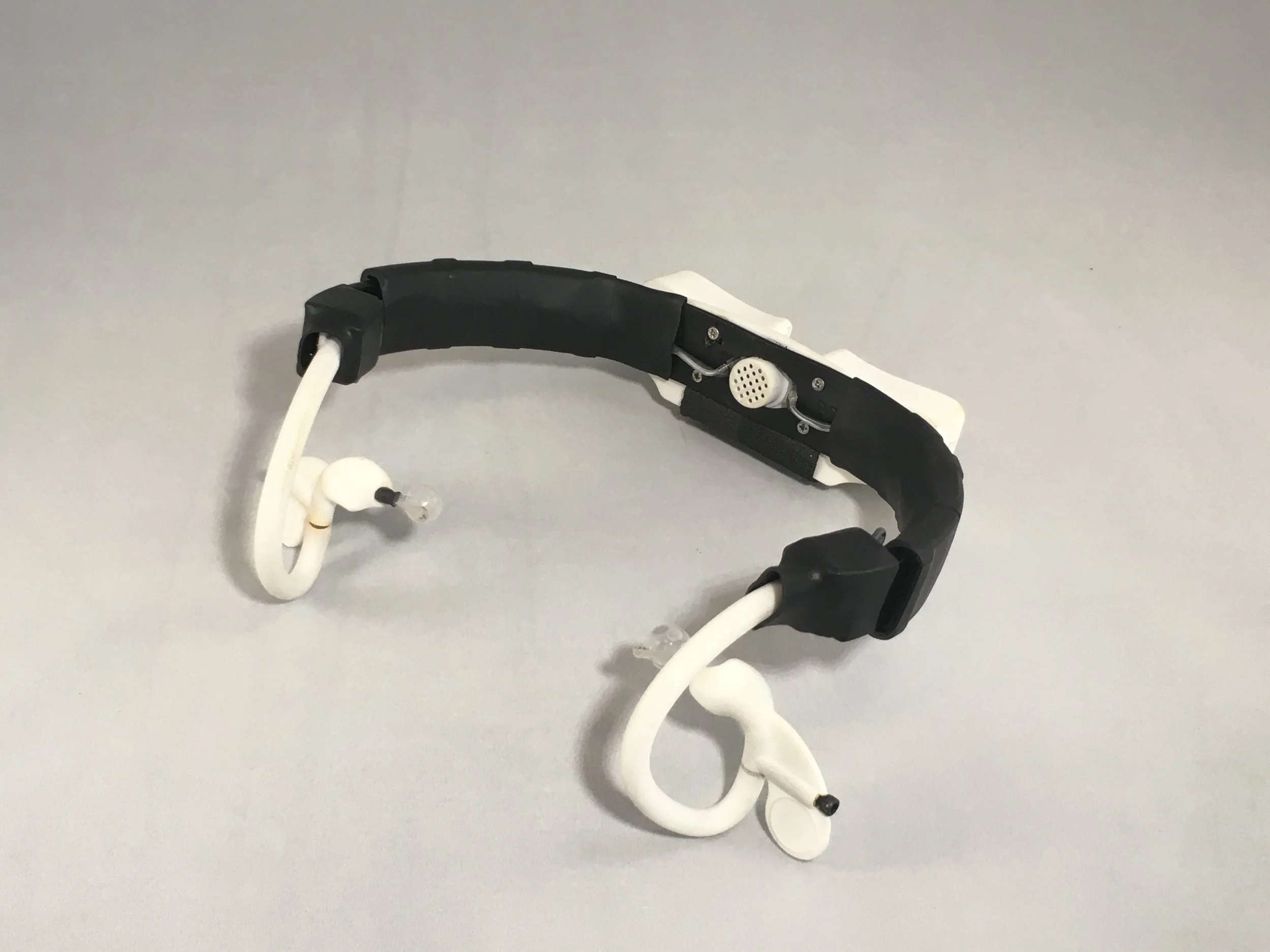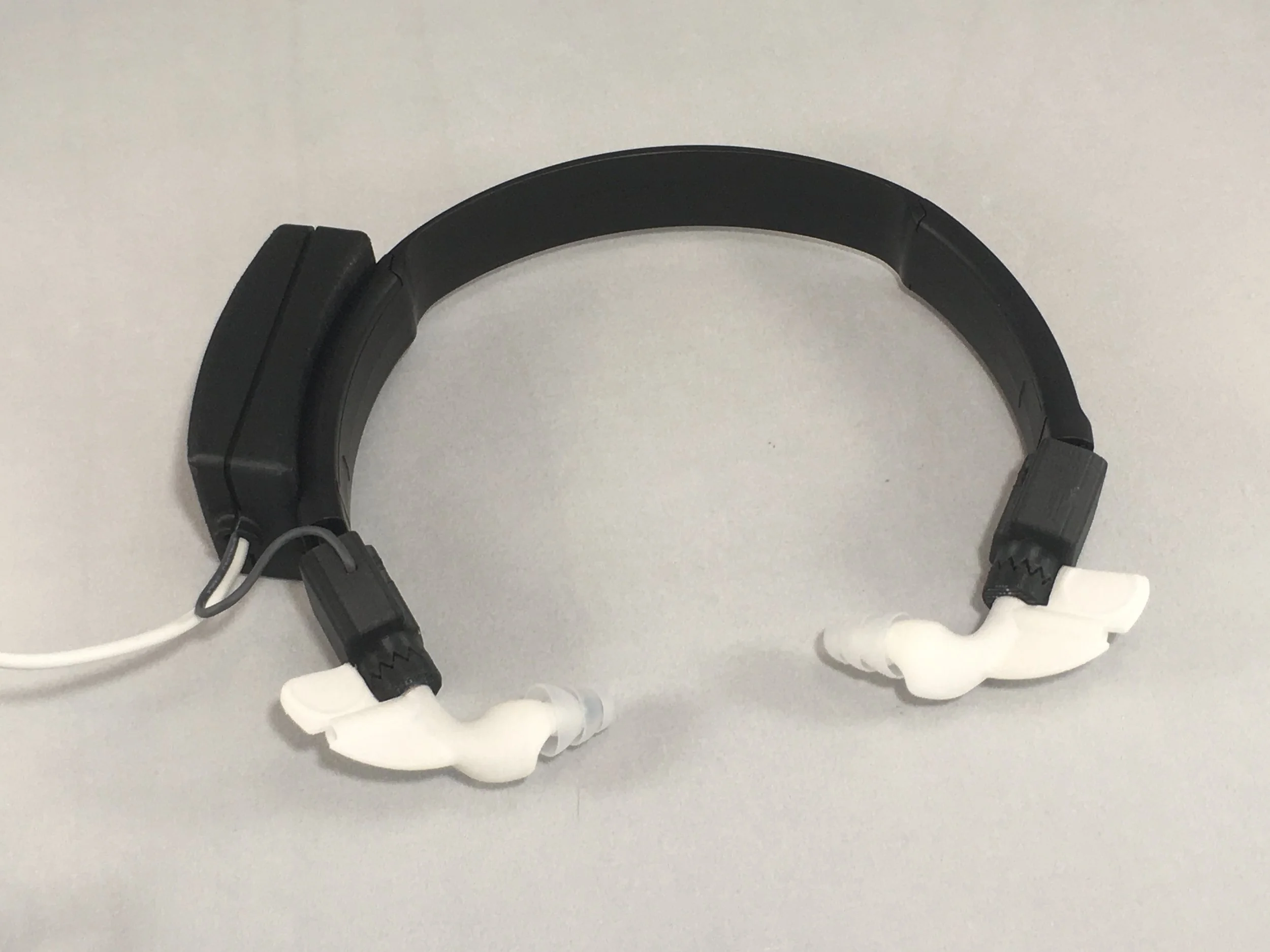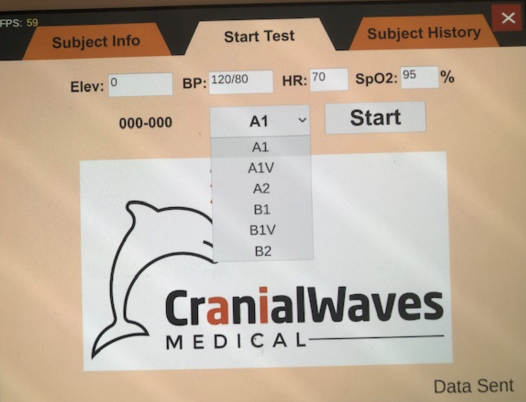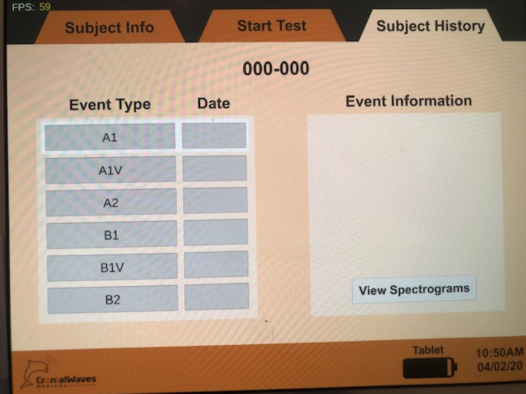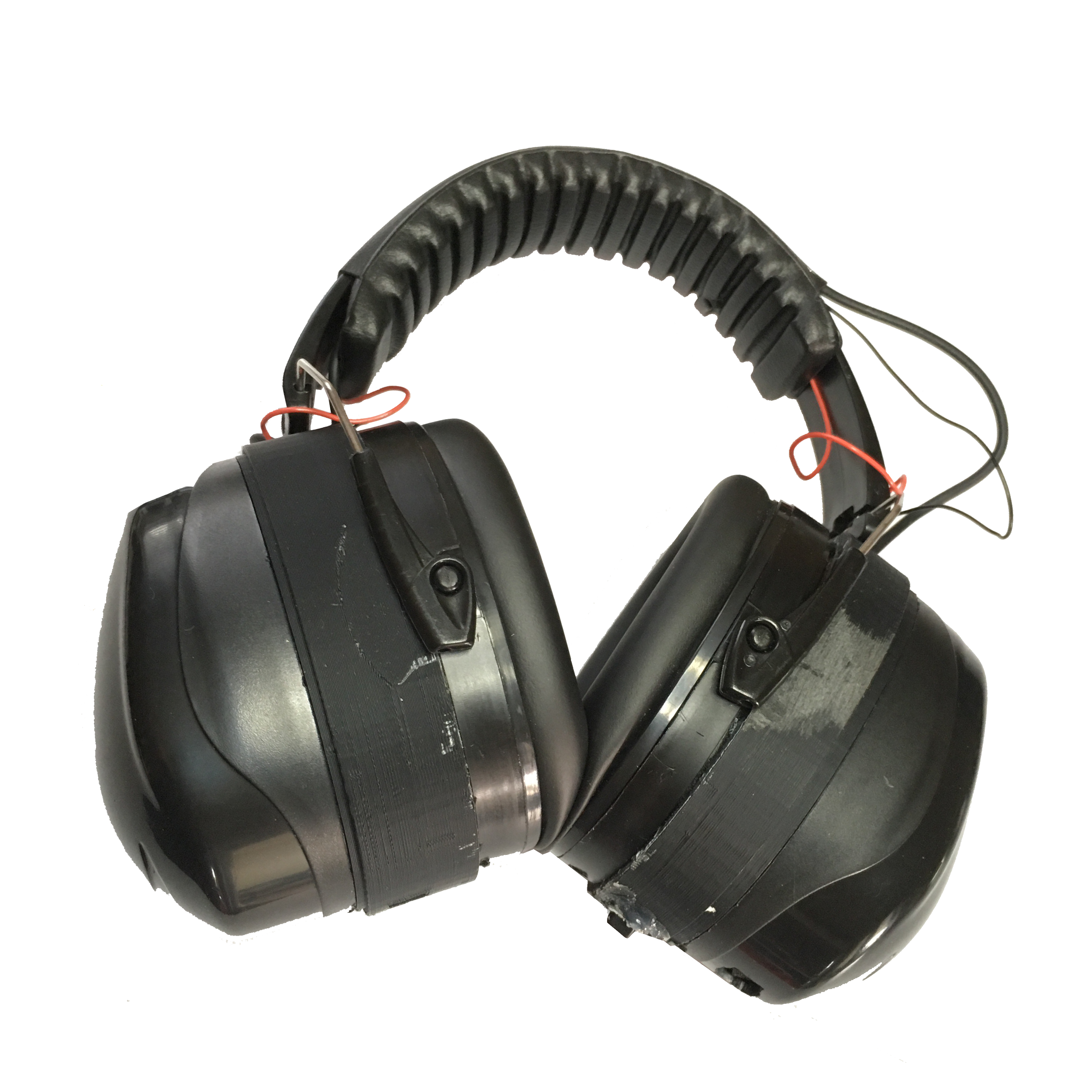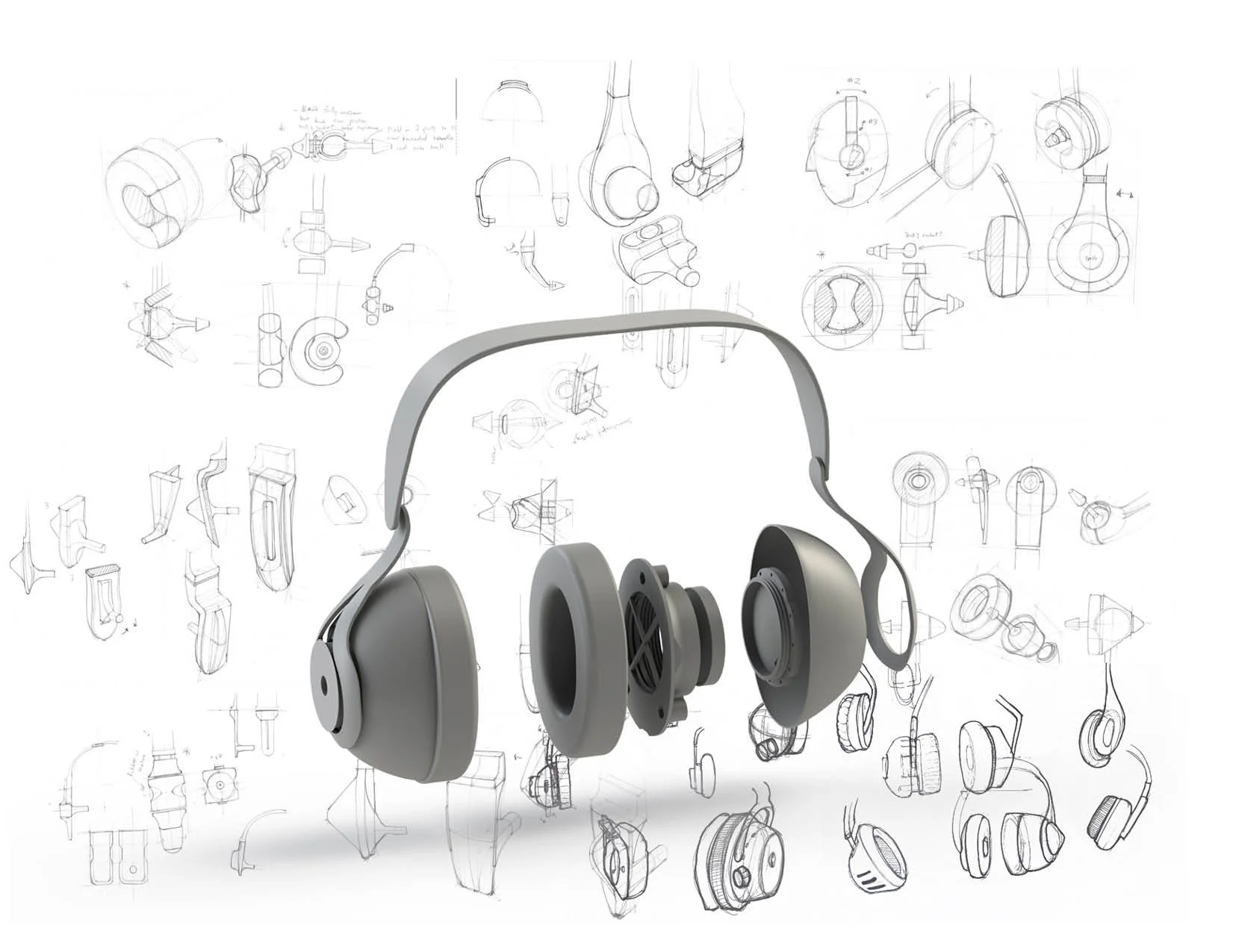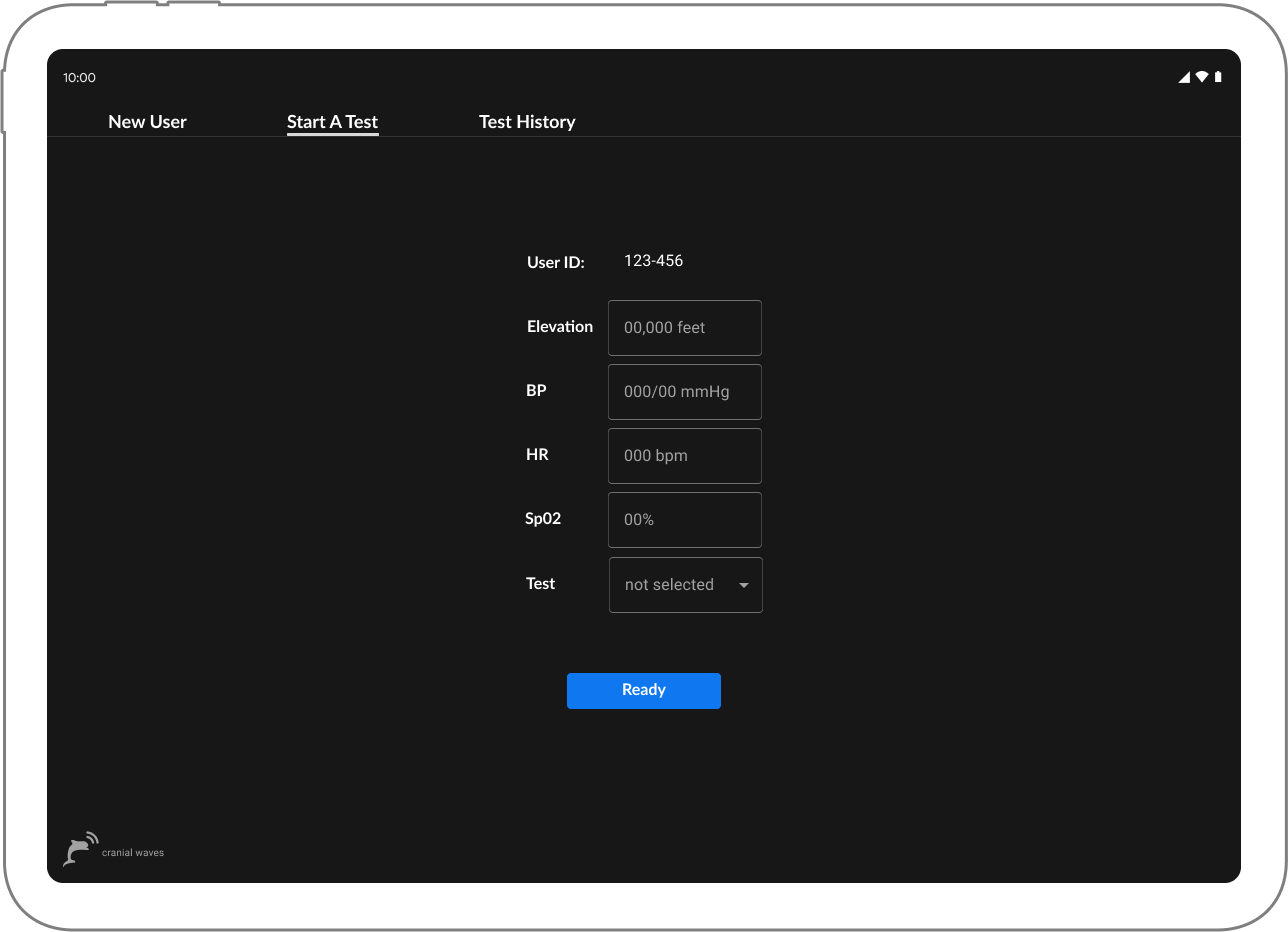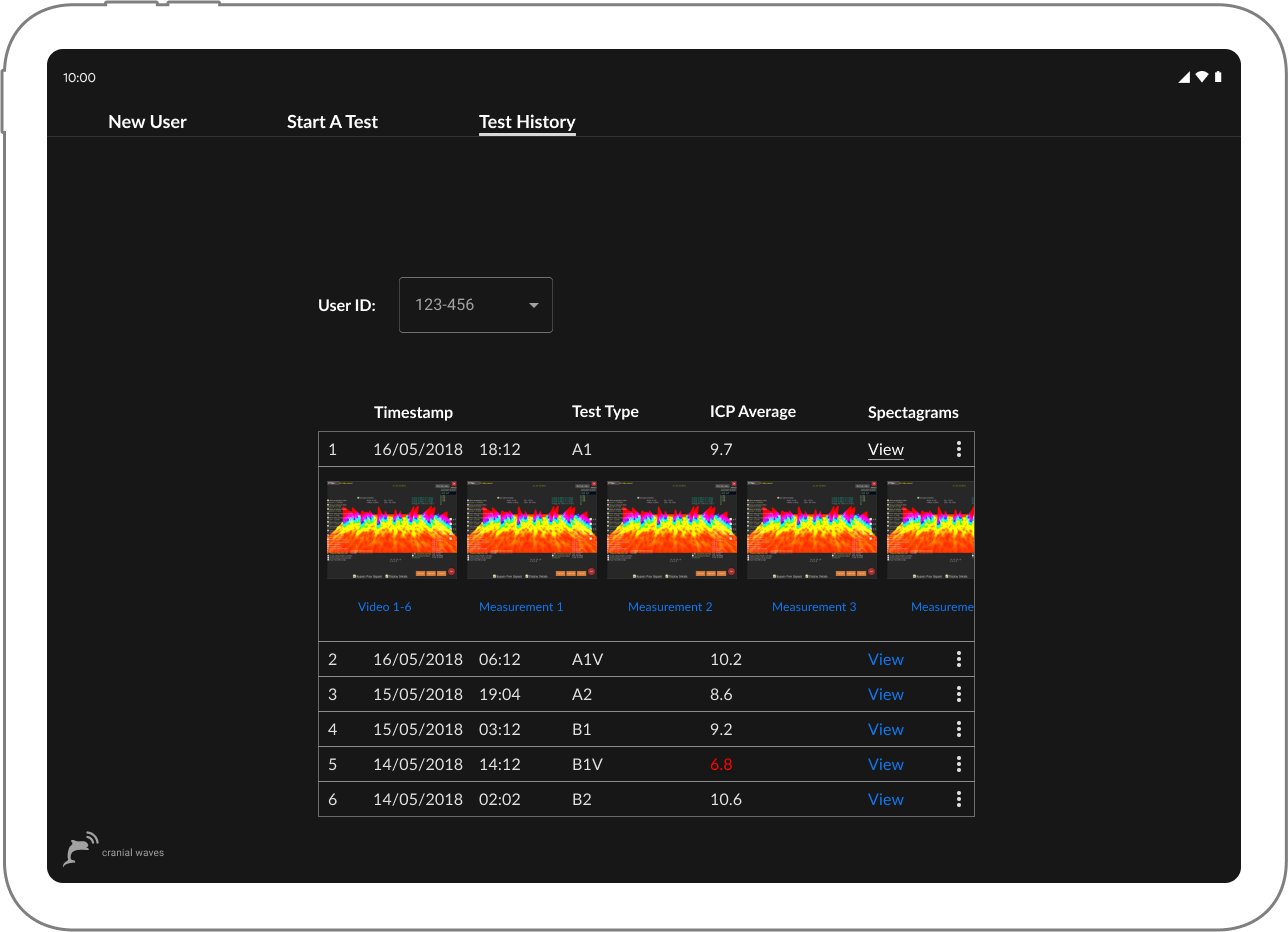Cranial Waves Medical device measures neurological changes in the brain, utilizing acoustic waves and Machine Learning.
Client project
Tasks: (Jack of all trades): Product Design, Researcher, Prototyper, and Tester
What does this product do?
Cranial Waves Medical is developing a system to measure intra-cranial pressure to non-invasively measure and monitor neurological conditions. The product will be a headset to capture the data, an algorithm to synthesize real-time data, and an app to display a 3D spectrogram of the cerebral vasculature system to a Doctor or Physician. The collected data is saved in a profile as well as used to develop the algorithm more.
Background
Our team was tasked with deciphering historic clinical data, testing the current system for accuracy, and developing the hardware for a next-generation system. Employees, friends, and family were recruited to test prototypes and give feedback.
Creating a measurable baseline
Hardware component testing: Engineers built a pressurized model of a skull, to measure the accuracy of microphones in headset prototypes.
Sound-wave programs: Pressure readings were captured with frequency apps, frequency generators, and Audacity, an open-source digital audio editor and recorder.
We tested prototypes on Audacity with the modeled skull to validate microphones were in spec before testing on ourselves.
Finding from testing
Testers commented on pain points during the 120-second tests. Our engineering prototypes did not account for various head and ear canal sizes. One of the many roles I played in the development of this product was testing existing products and adding ergonomic elements to our prototypes.
Balancing performance and comfort
After gathering input, I utilized research and user feedback to develop new solutions to create a comfortable headset. Our developer identified a pair of stereo headphones that provided similar results to previous prototypes with unmatched comfort for the tester's ear canal. We quickly switched gears to get our technology into the stereo headphone and test it against previous prototypes.
Preliminary sketches of different headphone types and mechanisms
Many headphones were harmed in the prototyping of this product


